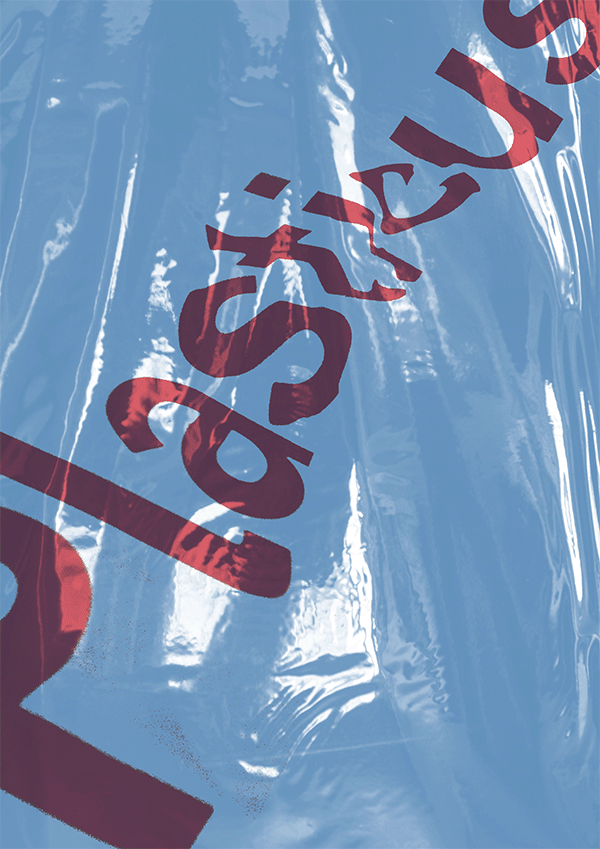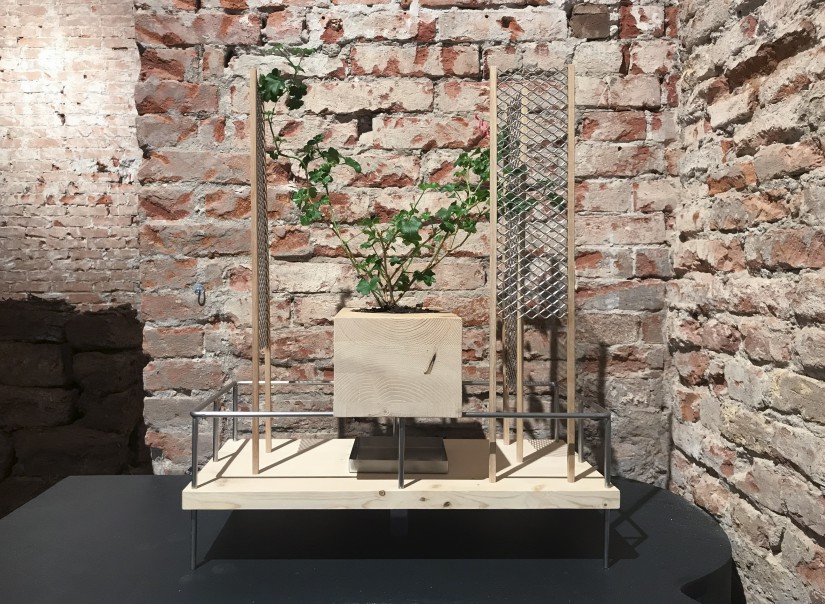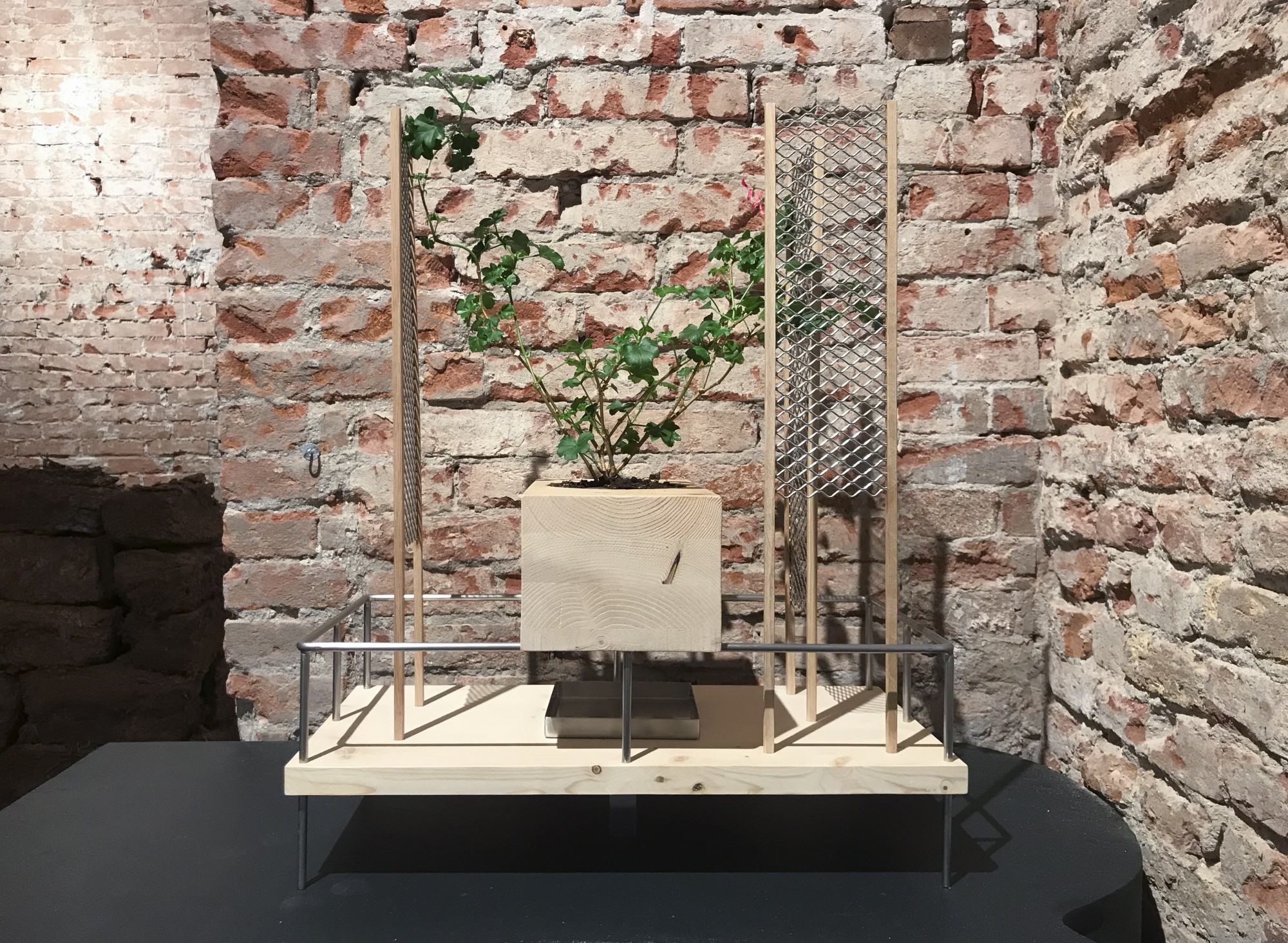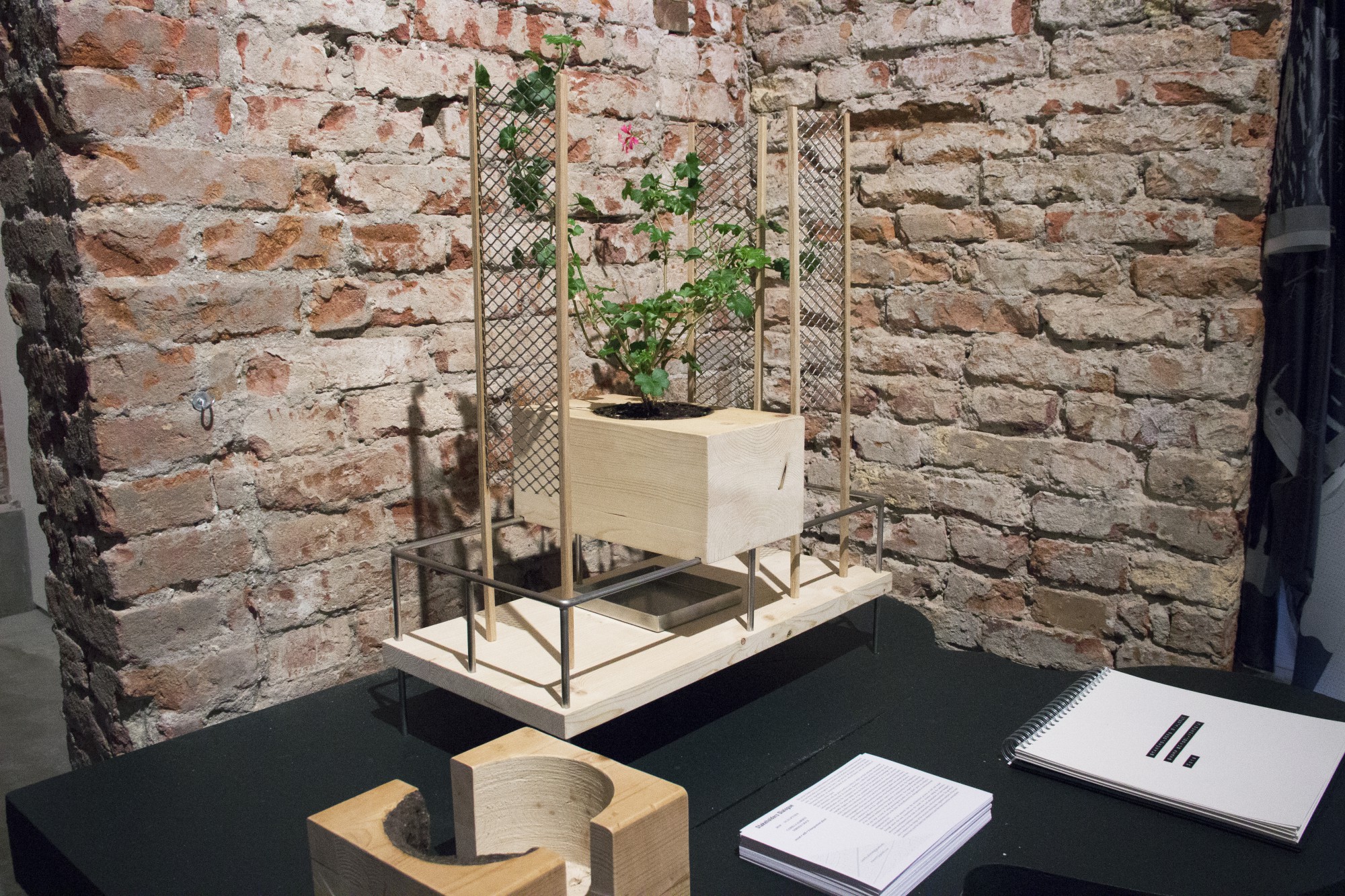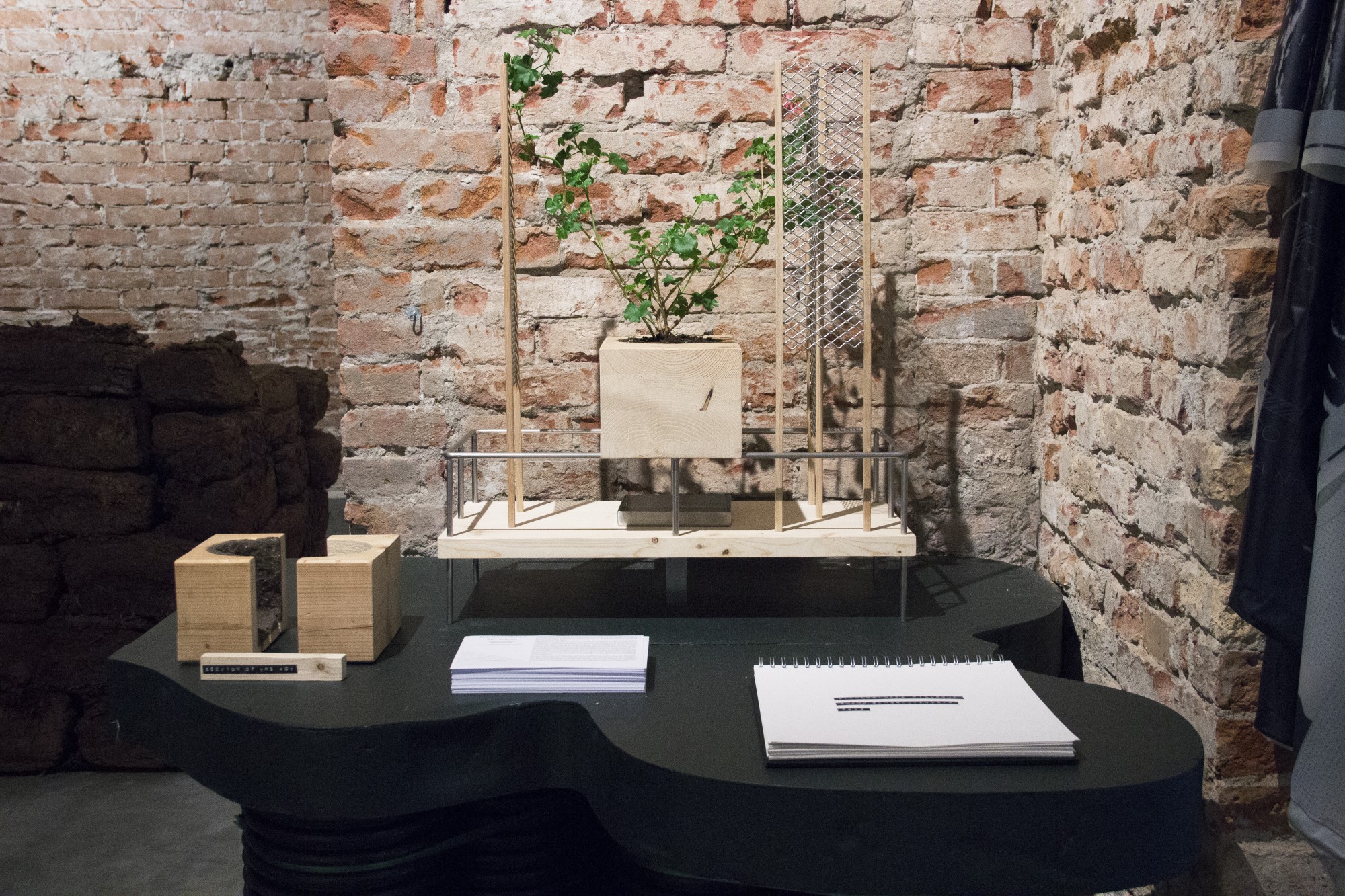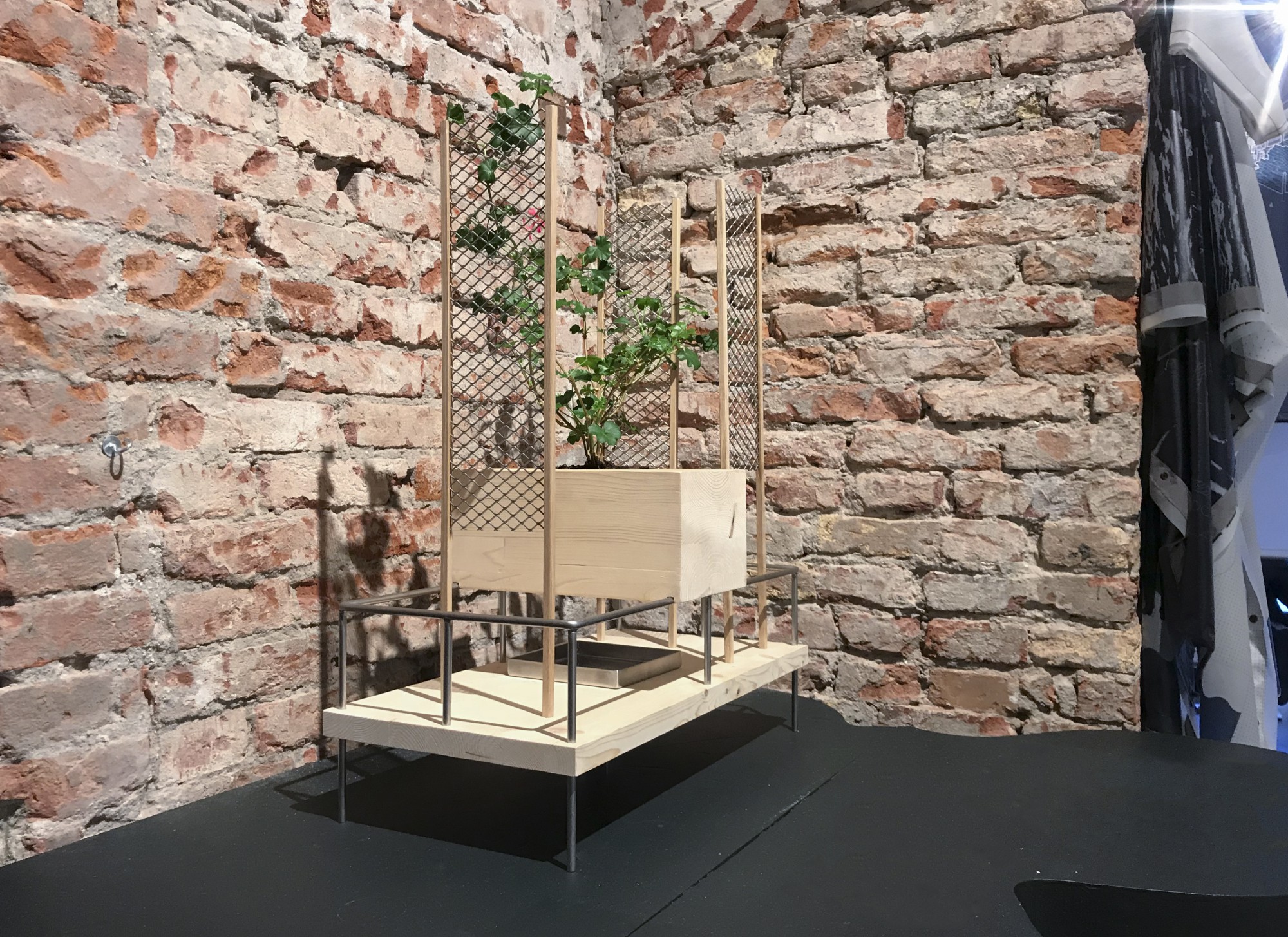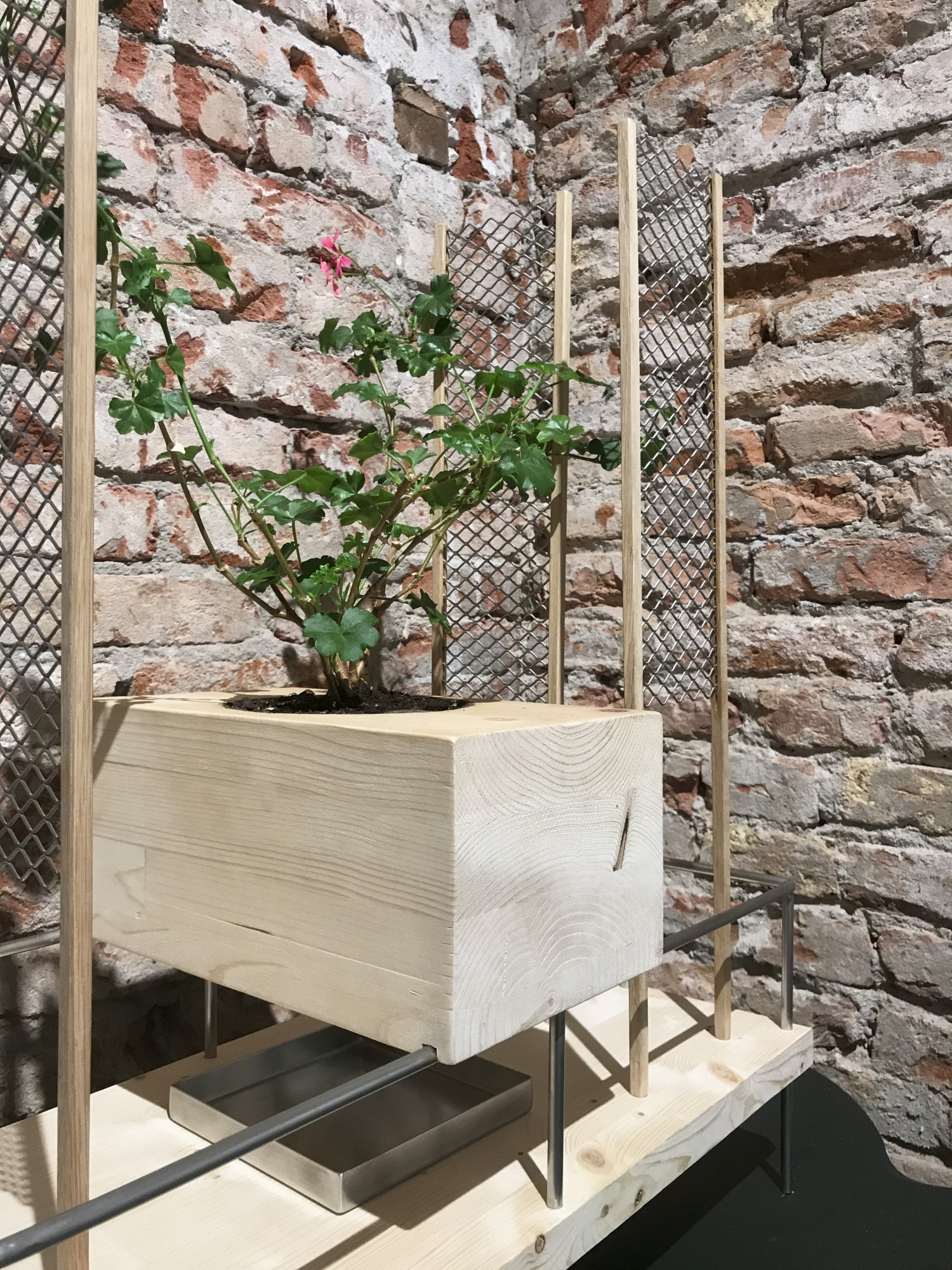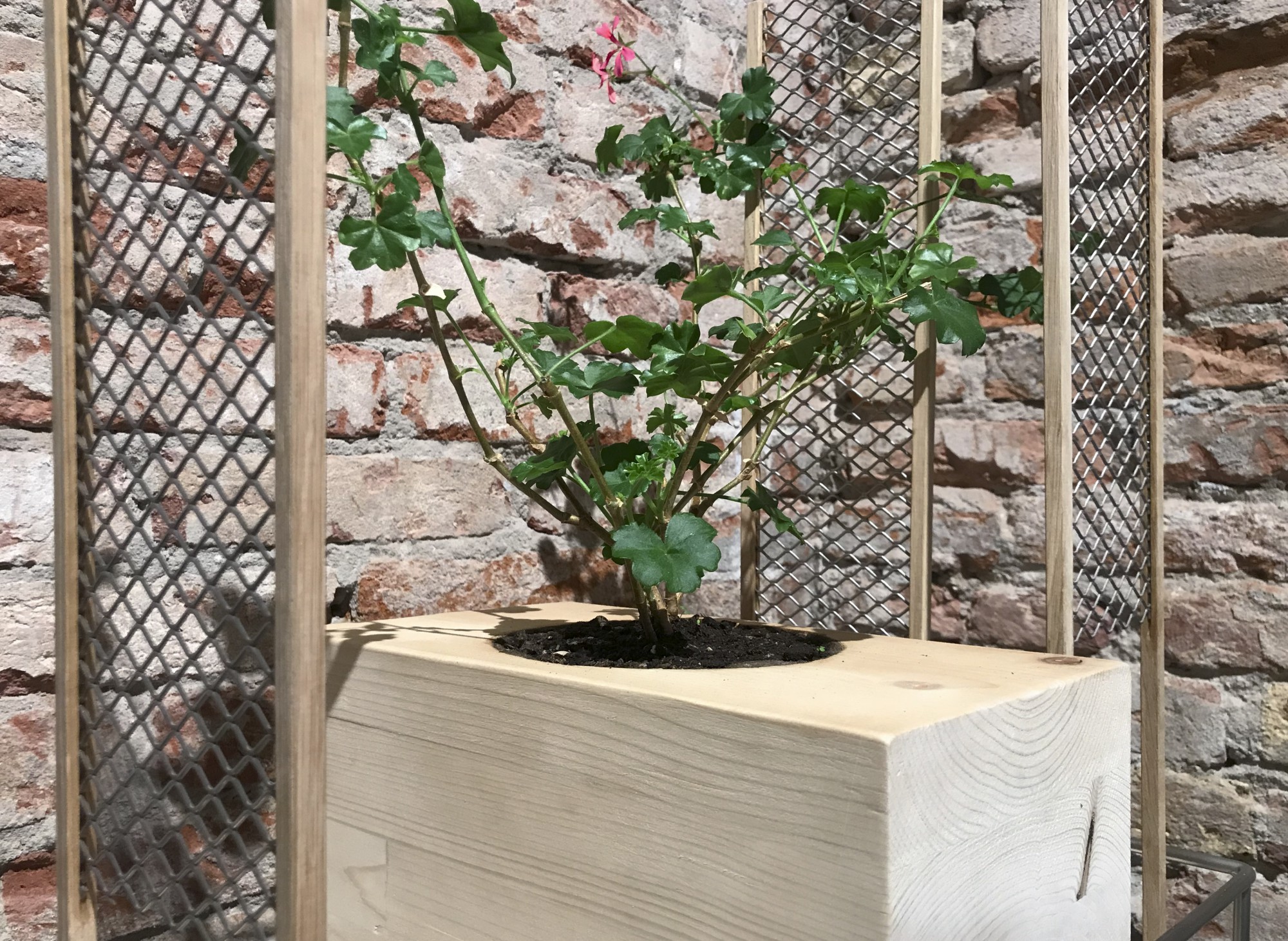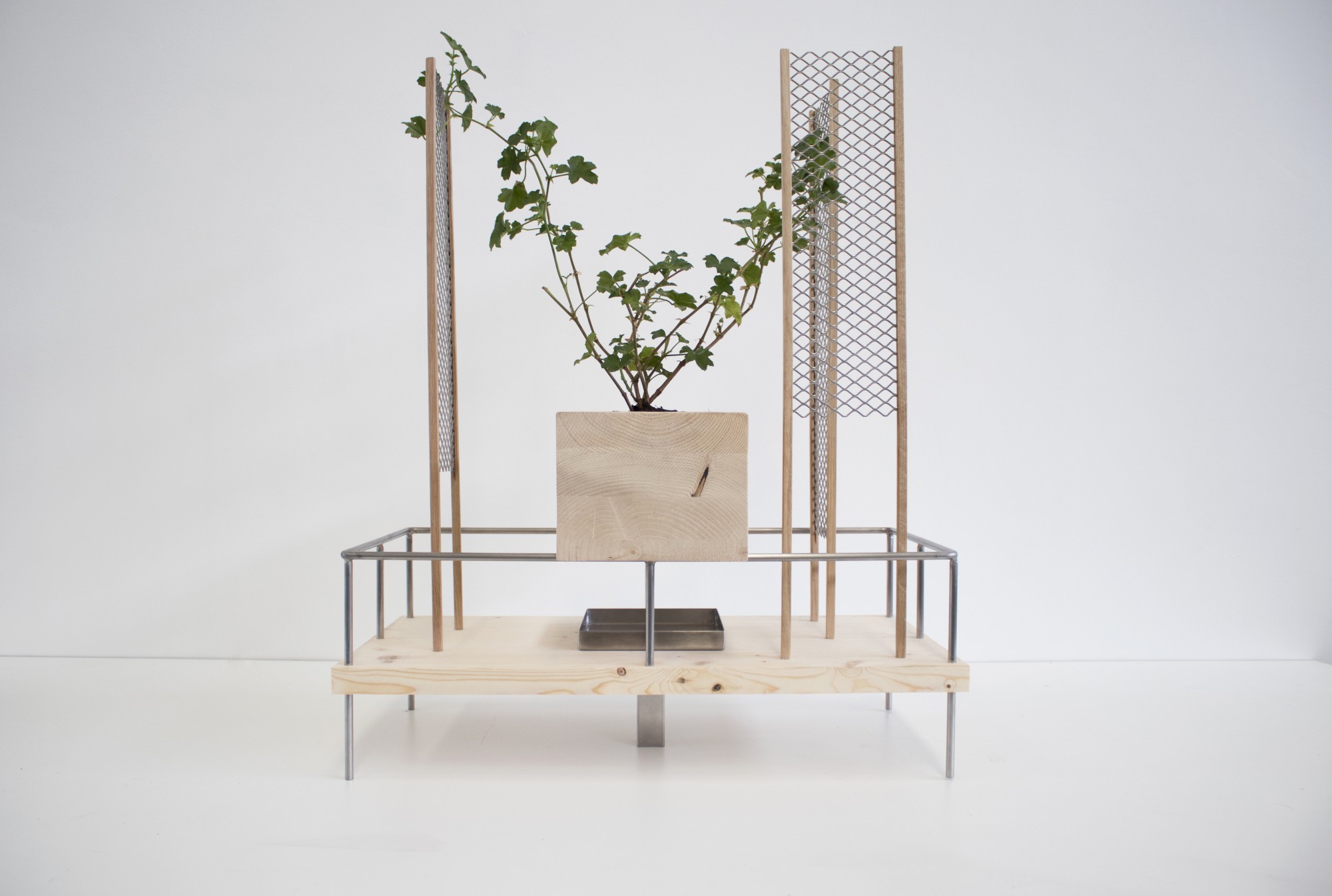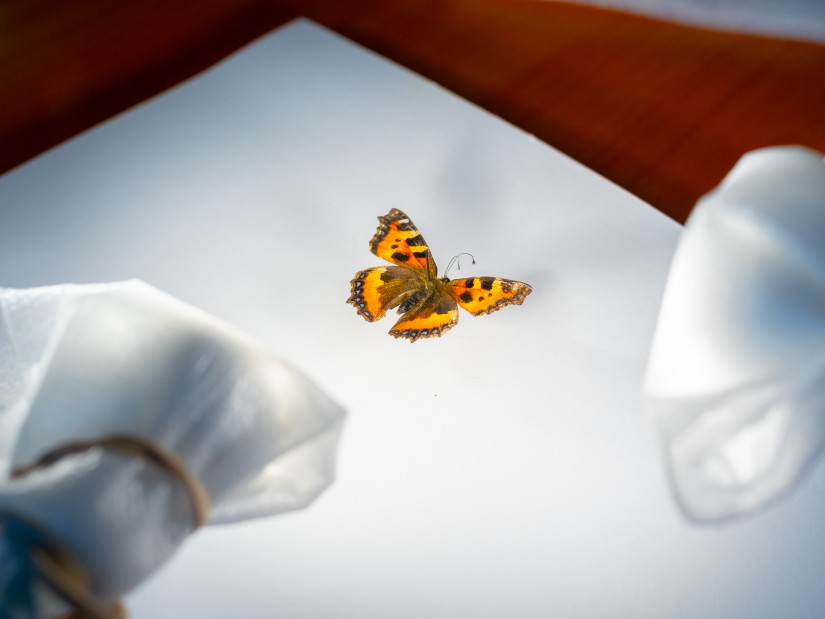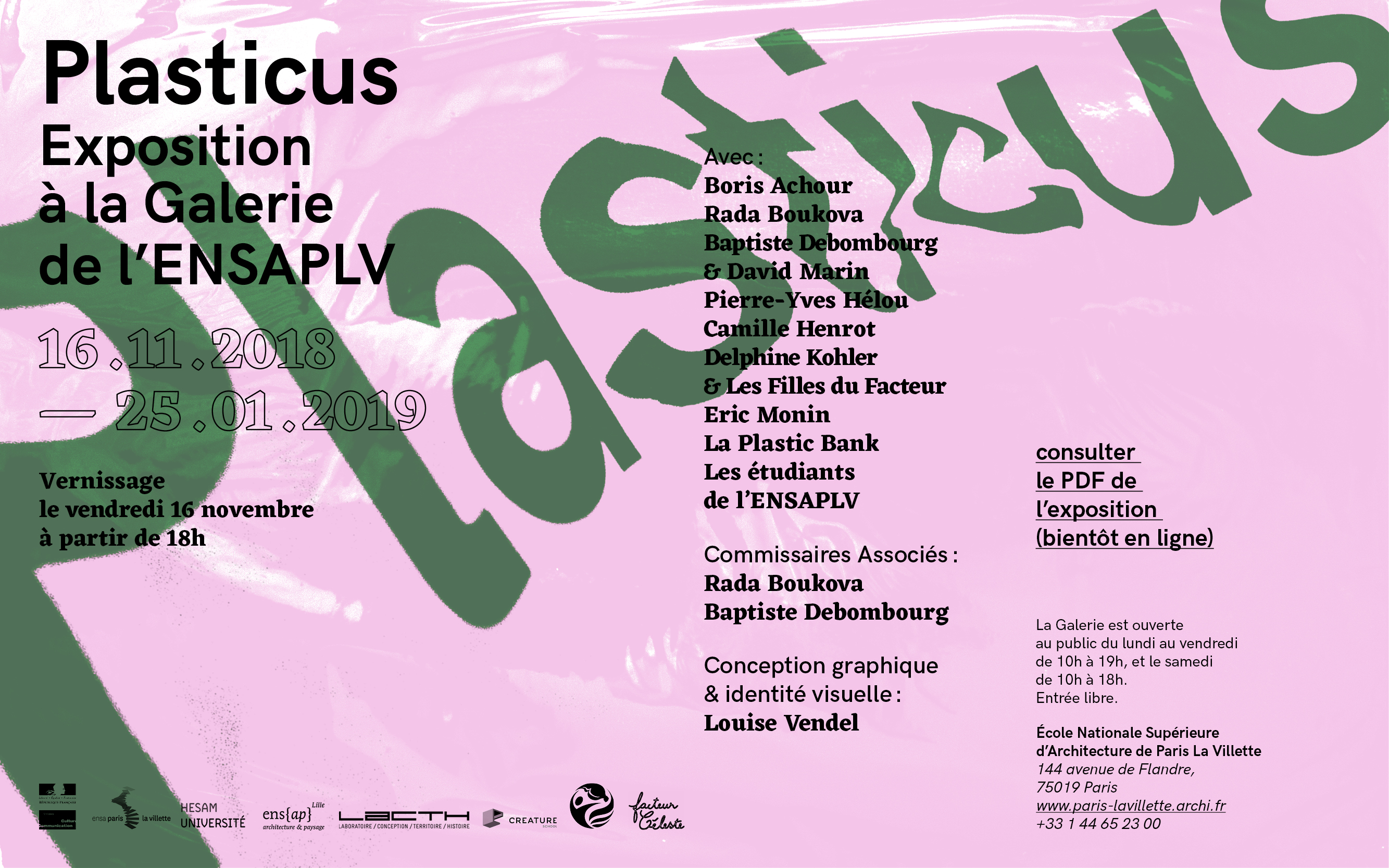
PLASTICUS
Exposition du 16/11/2018 au 25/01/2019
Avec Boris Achour, Rada Boukova, Baptiste Debombourg & David Marin, Pierre-Yves Hélou, Camille Henrot, Delphine Kohler & Les Filles du Facteur, Eric Monin, la Plastic Bank, les étudiants de l’ENSAPLV.
Le projet Plasticus est né de la collaboration entre Rada Boukova, artiste invitée en 2018, et Baptiste Debombourg enseignant en art à L’ENSAPLV. L’exposition est une toile de fond pour un projet de recherche plus large, développé en atelier.
Cette exposition autour du sac plastique aborde le problème de son envahissement du fait de sa production de masse et donc la pollution engendrée. Elle propose une réflexion sur l’usage, le détournement, le recyclage de cet objet dans l’art contemporain, le design, l’architecture, l’histoire, l’économie ou la mode. Véritable atelier de recherche ouvert sur l’imagination, l’objectif est de proposer des pistes pour transformer et recycler ce matériau. Marqueur spatio-temporel de notre civilisation, basique, original, banal ou sophistiqué, le sac fait partie de notre quotidien depuis les années 1960 environ. Devenu un objet universel, il n’en demeure pas moins un matériau pourvu d’un immense potentiel tout autant qu’il est devenu un fléau pour l’environnement.
L’idée de cette exposition est un élan vers une autre direction : commençons par rêver et bricoler pour engager une autre manière de faire.
For more information on Baptiste Debombourg please click here.
